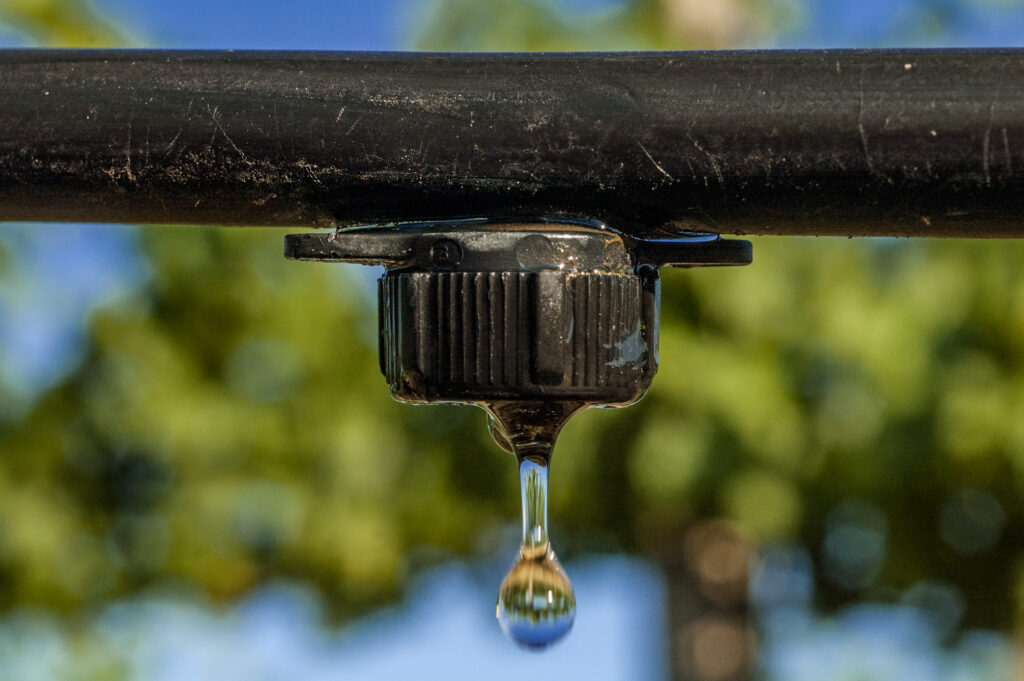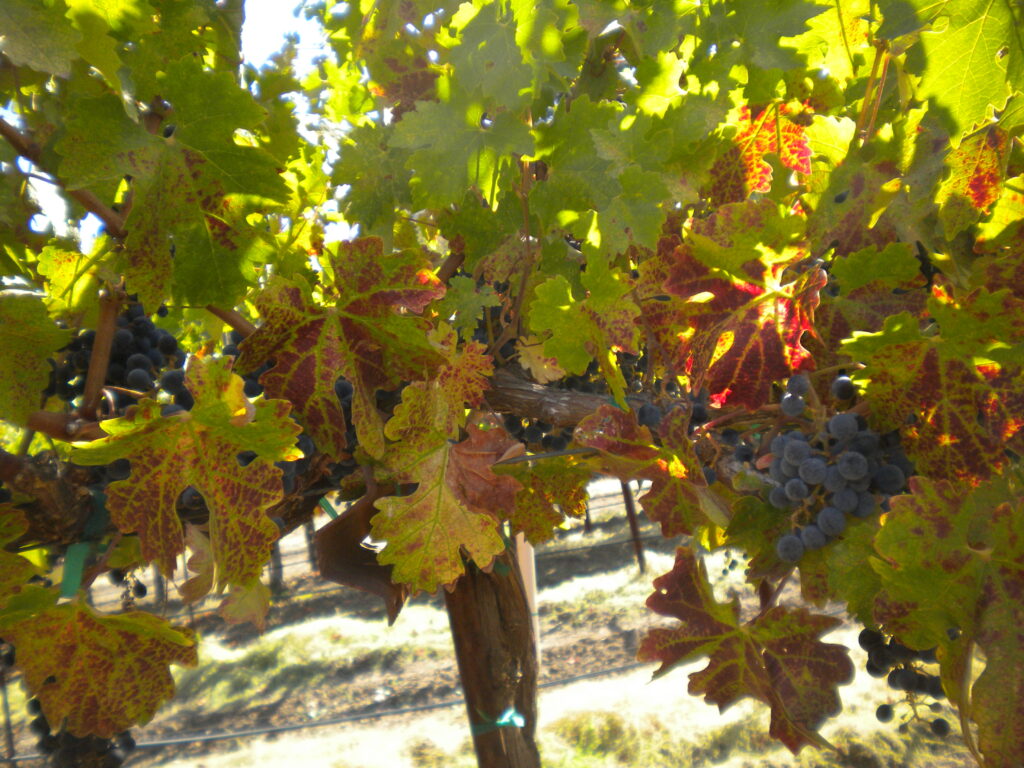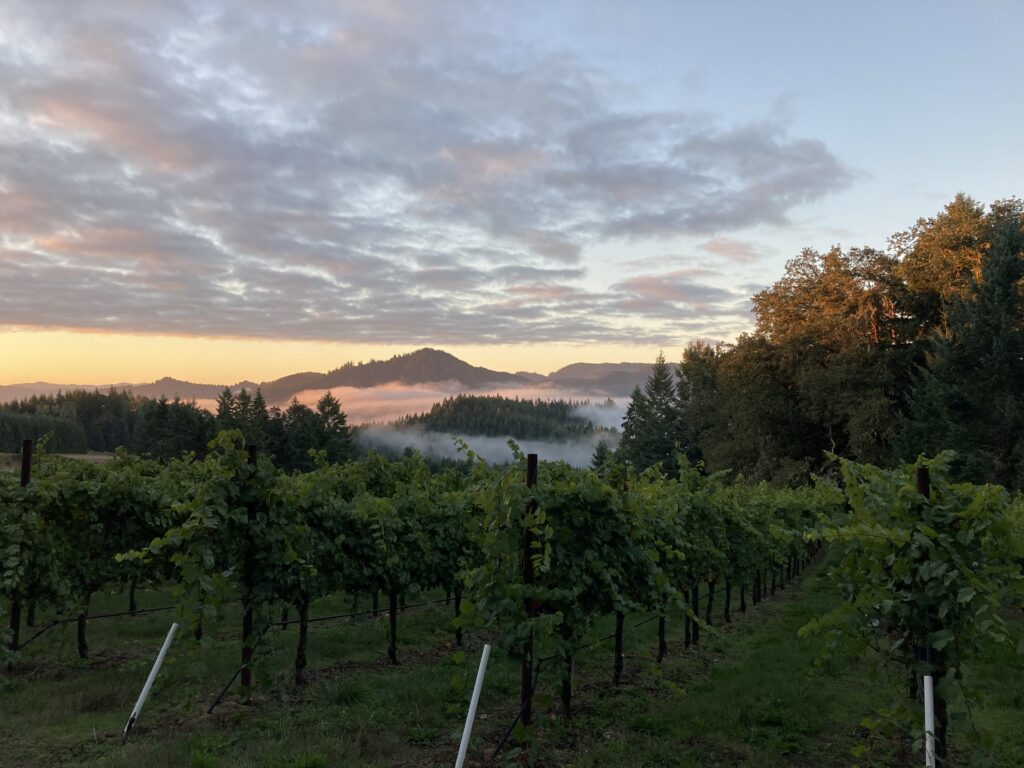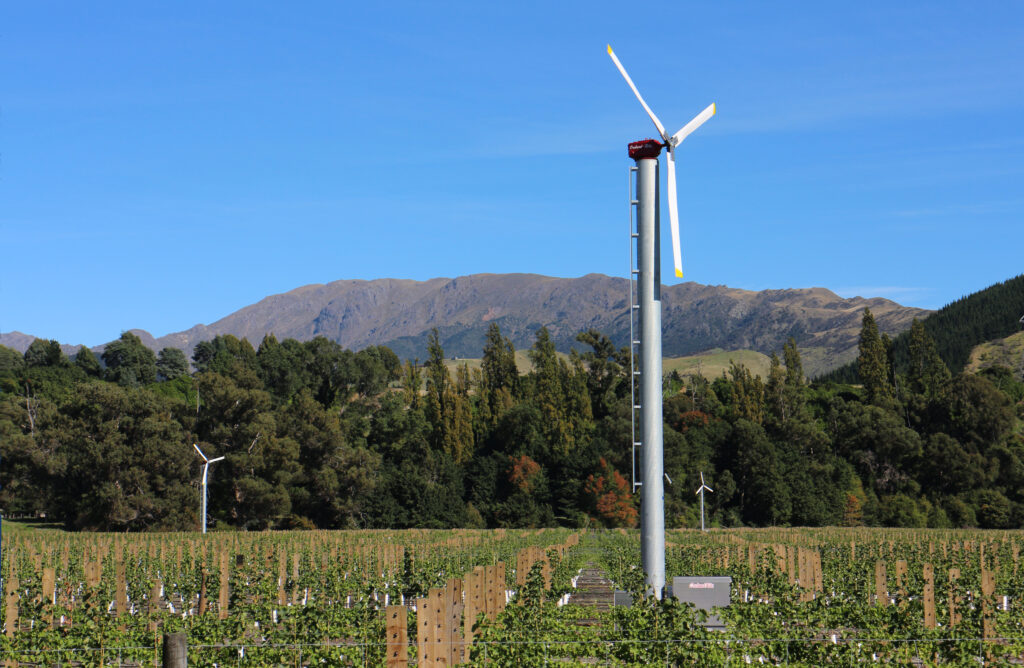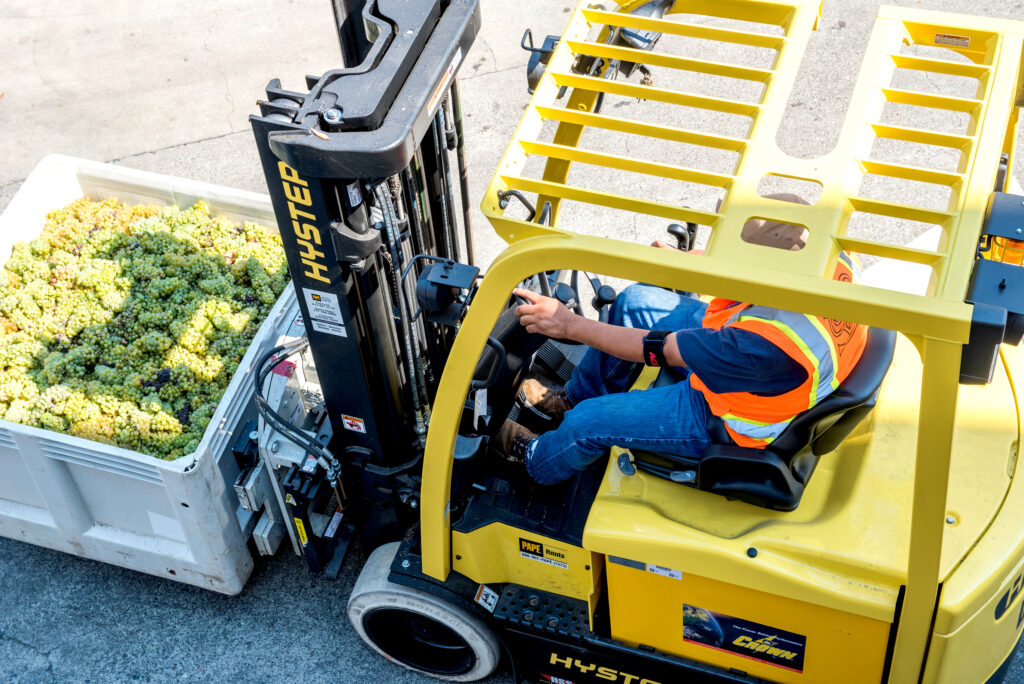
By: Becky Garrison
Since the first planting of wine grapes in Fort Vancouver, Washington in 1825, Washington State has risen to become the second-largest producer of wine, with an annual production of approximately 17.7 million cases and a total annual in-state economic impact of $8.4 billion. Currently, the state has 1,070 wineries, with over 400 grape growers and over 60,000 acres of grapevines planted, which produce over 80 varieties of grapes. Of these wineries, 90 percent would be classified as boutique wineries, producing less than 5,000 cases annually.
Tour of Washington State’s AVAs
Established in 1983, the Yakima Valley AVA is the state’s oldest AVA, with 708,710 total acres, of which 18,580 are planted acres. This area’s diverse growing region, with an annual rainfall of eight inches, allows for a wide range of wine varieties and styles. Approximately a quarter of the grapes grown in this AVA are chardonnay, with riesling, merlot, cabernet sauvignon and syrah among this region’s other most popular grapes.
The Columbia Valley AVA was founded the following year and consists of 11,308,636 total acres, 8,748,949 of which are in Washington State. Cabernet sauvignon, chardonnay, riesling, merlot and syrah represent the most popular varieties planted in this area. This region is home to 99 percent of Washington’s total wine grape acreage, with the vast majority of Washington State’s 20 AVAs located within the Columbia Valley.
Four of Washington State’s AVAs are cross-border appellations. Columbia Valley, Columbia Gorge and Walla Walla Valley are shared with Oregon. Lewis-Clark Valley is shared with Idaho.
The Columbia Gorge represents the state’s westernmost appellation east of the Cascade Mountains. Founded in 2004, this AVA is noted for the diversity that produces a greater variety of wines than other AVAs. This AVA consists of 186,610 total acres, 66,604 of which are in Washington State, with 381 planted acres in this state. Rachel Horn, winemaker at Aniche Cellars in Underwood, Washington, states how the western end of the Columbia Gorge AVA is similar in many ways to her favorite cooler climate growing regions in Europe, including Alsace and the Wachau. She observes, “I find that many of the white varieties so seldom grown in the U.S. can thrive here.” Unlike most farms in eastern Washington, they can dry-farm, as the slopes and cooler nights on Underwood Mountain provide enough rain that, according to Horn, can make some gorgeous ripeness in phenolics without becoming jammy or too high in alcohol. “We can focus on elegance and finesse without huge extraction and muscle in our wines,” she said.
Growth of Seattle Urban Wineries
When Tim Bates, Andy Shepherd and Frank Michels of Eight Bells Winery and Lacey and Charlie Lybecker of Cairdeas Winery launched their respective wineries in 2009, they were among the first winemakers to set up shop inside Seattle’s city limits. Bates reflects on how consumers had a hard time understanding how they could have a winery in the city. “Everyone expected you to be surrounded by vineyards. People are pretty amazed when they come in and see a real winery in action, especially during crush.” Lacey adds, “When we first started making wine, the urban wine scene was concentrated in South Park and Georgetown. It’s now in SODO, West Seattle, Ballard, and beyond. It’s great to see the expansion.”
As part of this expansion, after the Lybeckers moved their winery from West Seattle to Lake Chelan, they established a second tasting room at SODO Urban Works, a collective of ten of Washington’s finest wine and food crafters situated in one communal space. Nine Hats Winery followed a similar model, with a winery based in Walla Walla and a tasting room at SODO Urban Works. According to Ryan Shoup, who oversees this tasting room, having a presence in this bombing-bustling neighborhood enables them to pivot off this urban energy. “This, in turn, results in a more casual and upbeat feel to their tasting room that attracts a younger audience,” he reflects.
Promoting WA State Wines
The Washington State Wine Commission designated August as Washington Wine Month (WAugust). During this month, consumers can find special deals and events all month long at wineries, tasting rooms, restaurants, grocery stores and backyards across the state. Also, as part of WAugust, the Washington State Wine Commission partnered with Ste. Michelle Wine Estates in 2022 to bring on Wine Spectator as a national media partner for an expanded Washington Wine Month campaign.
In addition, 2023 marked the return of Taste Washington in March, which is the nation’s largest single-region wine and food festival. This week is marked with a dinner series, seminars and parties. A key highlight of this week is the Grand Tasting, which includes selections from over 200 wineries alongside more than 50 regional restaurants. This event will return in March 2024, with the Grand Tasting slated for March 16 and 17, 2024.
Another series of statewide events that have returned post-COVID are those from the Auction of Washington Wines. This nonprofit organization seeks to raise awareness of Washington wine through a series of events benefiting their community. Events happen throughout the year, including an online holiday bottle auction, Wine Country Celebration dinners, and a trade-focused Private Barrel Auction. The largest events happen in August and include TOAST!, an industry-focused recognition dinner; the Winemaker Picnic & Barrel Auction, a casual event featuring wines, food and a consumer barrel auction. Their largest fundraising event of the year, a formal gala, where unique auction lots are available through a live auction and money is raised for Seattle’s Children’s Hospital, Washington State University Viticulture & Enology Department and various industry grants.
On a more regional level, Walla Walla Wine on Tour allows 45 member wineries to pour to sold-out crowds in Seattle and Portland, as well as reconnect to the wine trade and media. In 2023, they expanded this tour to include Boise, Idaho. In 2024, they will return to Seattle on January 29, Portland on February 26 and Boise, Idaho on March 3-4. In 2023, 60 percent of ticket purchasers were first-time attendees to the Seattle and Portland events.
Along those lines, Horn points to events like the Blood Of Gods 2023 Annual Merrymaking event held in Walla Walla that work to create space and voice for alternative people in the wine industry, including queer, punk, BIPOC and female voices. She proclaims, “I like that people like us are finding wine and taking some ownership.”
Renea Roberts, the director of community engagement for the Lake Chelan Wine Alliance, points to the importance of in-person events as an essential part of any local wine community. As she notes,
“They provide an opportunity for wine enthusiasts to gather and share their passion for wine while also promoting local wineries. Being able to host wine events means that the wine community can come together to celebrate their love for wine, learn from each other and support local businesses. It also allows wineries to showcase their products and connect with potential customers.”
Currently, Washington’s wines can be found all over the state in some unexpected settings. Onboard Amtrak Cascades trains from Eugene, Oregon to Vancouver, British Columbia, travelers can savor Chateau Ste. Michelles’ chardonnay and cabernet sauvignon. Most hotels offer Washington wine to their guests, with the Kimpton Hotels hosting Washington-focused happy hours featuring Washington wines. Other places to find Washington wines include the Seattle Space Needle, Washington State ferries and various performing arts venues, such as the Seattle Art Museum, Seattle Symphony Orchestra and the Fifth Avenue Theatre.
Recent Washington State Winery Trends
After Paul Beveridge of Wilridge Vineyard, Winery and Distillery in Yakima led the lobbying effort to permit wineries to hold a distilling license, a select number of wineries have followed suit. Like Beveridge’s winery, most of these other wineries also distill the must from their grapes and other fruits to produce grappa and fruit brandies though a few produce grain spirits. For example, Browne Family Vineyards in Walla Walla established Browne Family Spirits in Spokane, focusing on locally sourced, limited-edition bourbon and rye whiskeys by Kentucky-native master distiller Aaron Kleinhelter.
Another growing trend with Washington wineries is offering lodging options onsite. Presently, nine wineries based in either central or eastern Washington offer lodging ranging from guest cottages to yurts, cabins and more palatial offerings.
Challenges
Moving forward, the biggest challenge for Washington State vineyards remains wildfire smoke, though the 2023 harvest was not impacted as in the case of some previous years. Also, in August, Ste. Michelle Wine Estates announced to its contracted Washington wine grape growers that it’s not taking nearly half of its contracted fruit this fall. The long-term impact of this decision is not known at this writing.
For updates about Washington wine, visit https://www.washingtonwine.org


